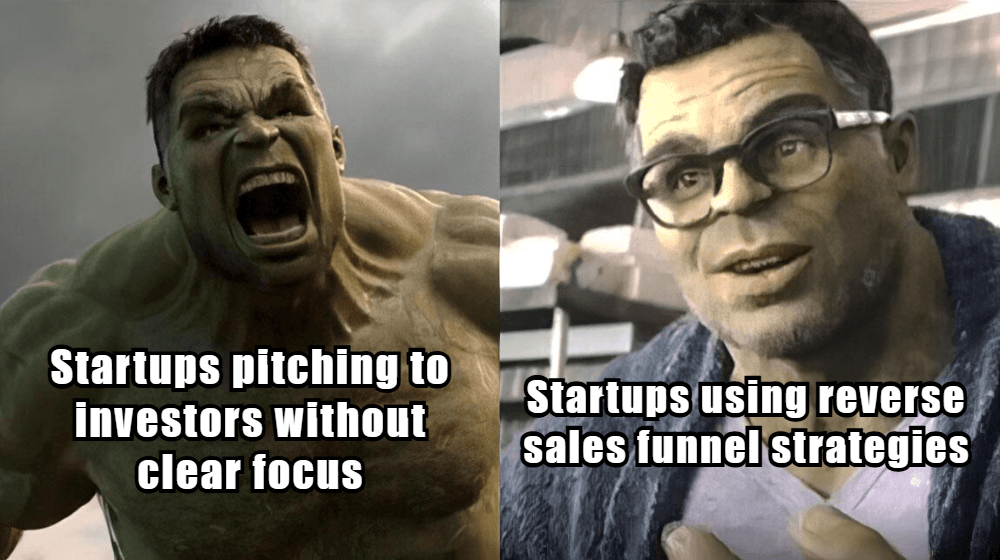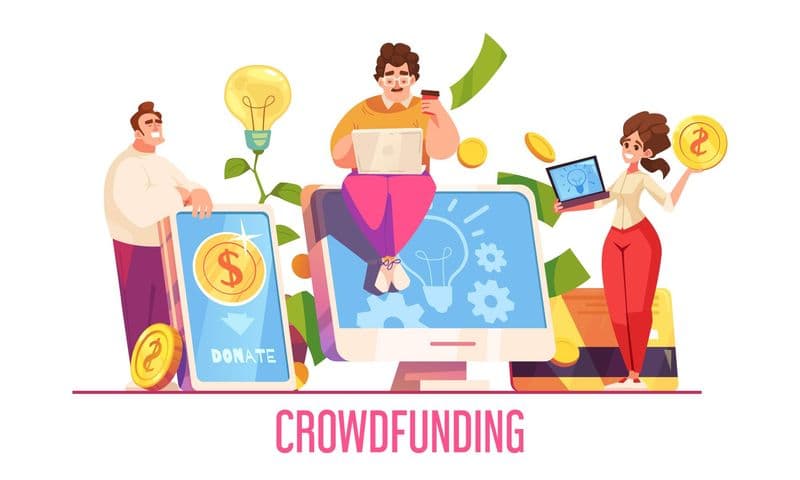Tech startups face unique challenges in scaling their operations and converting leads into loyal customers. While the traditional sales funnel has long been the go-to framework, it often emphasizes quantity over quality, leading to wasted resources and lower efficiency. Enter the reverse sales funnel strategy—an innovative approach that flips the conventional model on its head. By focusing on high-quality leads and nurturing them from the outset, this strategy offers tech startups a streamlined path to growth.
In this article, we’ll explore how the reverse sales funnel works, its benefits for tech startups, actionable steps to implement it, and real-world examples. Let’s dive in!
What Is a Reverse Sales Funnel?

A reverse sales funnel prioritizes high-quality leads at the narrowest point of the traditional funnel—those who are most likely to convert—and works outward to expand influence. Unlike the traditional funnel, which starts broad and narrows down, this approach begins with targeted engagement and builds momentum through advocacy and retention.
Key Features
Targeted Engagement: Focuses on leads already showing interest or intent.
Upside-Down Progression: Starts with conversion-ready prospects and expands outward.
Efficiency: Reduces wasted effort by concentrating on high-value opportunities.
Enhanced ROI: Maximizes returns by focusing on meaningful interactions.
This strategy is particularly effective for tech startups that operate in niche markets or rely heavily on personalized customer interactions.
How Does It Differ from a Traditional Sales Funnel?
Here’s a comparison between the two approaches:
| Feature | Traditional Sales Funnel | Reverse Sales Funnel |
| Focus | Broad audience | High-quality leads |
| Approach | Gradual narrowing of prospects | Immediate prioritization of top prospects |
| Messaging | Generic at the top | Personalized from the start |
| Conversion Rates | Lower due to wide targeting | Higher due to focused efforts |
| Time Investment | Longer due to nurturing large volumes | Shorter with targeted efforts |
For instance, a SaaS startup offering a project management tool might traditionally run broad awareness campaigns. With a reverse funnel, they would instead focus on users already engaging with free trials or demo requests.
Why Should Tech Startups Use a Reverse Sales Funnel?

Tech startups operate in fast-paced environments where time and resources are limited. The reverse sales funnel offers several advantages:
Higher Efficiency: By focusing on conversion-ready leads, startups can allocate resources more effectively.
Faster Conversions: Engaging with highly interested prospects reduces the time needed to close deals.
Better ROI: Concentrating on quality over quantity ensures that marketing spend delivers tangible results.
Improved Customer Retention: The strategy emphasizes long-term relationships, turning customers into brand advocates.
For example, a cybersecurity startup might use this approach to target enterprise clients who have already expressed interest through webinars or whitepaper downloads.
Steps to Implement a Reverse Sales Funnel Strategy

Implementing a reverse sales funnel requires a strategic shift in how you approach lead generation and customer engagement. Here’s a step-by-step guide:
1. Identify High-Quality Leads
Use analytics tools to identify prospects who have already interacted with your brand (e.g., signed up for free trials or downloaded resources).
Segment these leads based on their likelihood to convert using criteria like company size, budget, or engagement level.
2. Personalize Engagement
Create tailored outreach campaigns addressing specific pain points of your high-value leads.
Use targeted emails, personalized demos, or one-on-one consultations to build trust.
3. Qualify Leads Early

Use surveys or quizzes to gather information about prospects’ needs and fit for your product.
For example, ask about their current challenges or software preferences during onboarding.
4. Focus on Conversion-Ready Actions
Prioritize activities like scheduling demos or offering limited-time discounts for premium features.
Example: A SaaS company could offer extended free trials to users showing high engagement levels.
5. Leverage Existing Customers as Advocates
Encourage satisfied customers to leave reviews or refer others.
Implement referral programs or case studies showcasing successful use cases.
6. Expand Influence Gradually
Once you’ve converted your core audience, use their testimonials and feedback to attract broader interest.
Example: Promote success stories through social media campaigns.
Real-World Examples of Reverse Sales Funnels

Let’s look at how some tech startups have successfully implemented this strategy:
Example 1: SaaS Free Trial Optimization
A SaaS startup offering CRM software focused exclusively on users who signed up for free trials. Instead of running broad awareness campaigns, they:
Sent personalized onboarding emails.
Offered live walkthroughs of advanced features.
Achieved a 30% increase in trial-to-paid conversions.
Example 2: Demo Requests
A B2B fintech company prioritized demo requests over cold outreach. They:
Used targeted LinkedIn ads to re-engage demo registrants.
Followed up with tailored solutions based on industry-specific needs.
Reduced their sales cycle by 20%.
Example 3: Customer Advocacy
A subscription-based edtech platform turned satisfied users into advocates by:
Offering discounts for referrals.
Featuring user success stories in webinars.
Gained 15% of new customers through word-of-mouth referrals.
Conclusion
The reverse sales funnel strategy is more than just flipping the traditional model—it’s about rethinking how tech startups engage with their most valuable prospects. By prioritizing high-quality leads from the outset, startups can achieve faster conversions, better ROI, and stronger customer relationships.
Whether you’re a SaaS provider looking to optimize free trial conversions or an AI startup aiming to secure enterprise clients, this approach offers a clear path to scalable growth. Embrace the reverse sales funnel today and watch your tech startup thrive!
FAQs
1. How is a reverse sales funnel different from account-based marketing (ABM)?
While both focus on personalization and targeting high-value accounts, ABM is broader in scope and often involves multi-channel campaigns targeting entire organizations. A reverse sales funnel is more specific, starting with individual leads already showing strong intent.
2. Can small startups use this strategy effectively?
Absolutely! Small startups often lack the resources for broad campaigns, making the reverse sales funnel an ideal choice for maximizing impact with limited budgets.
3. What tools can help implement this strategy?
Tools like CRM platforms (e.g., HubSpot), email automation software (e.g., Mailchimp), and analytics tools (e.g., Google Analytics) can streamline lead qualification and personalized outreach.
4. How do I measure success?
Key performance indicators (KPIs) include:
- Conversion rates from qualified leads.
- Time taken to close deals.
- Customer lifetime value (CLV).
- Referral rates from existing customers.


